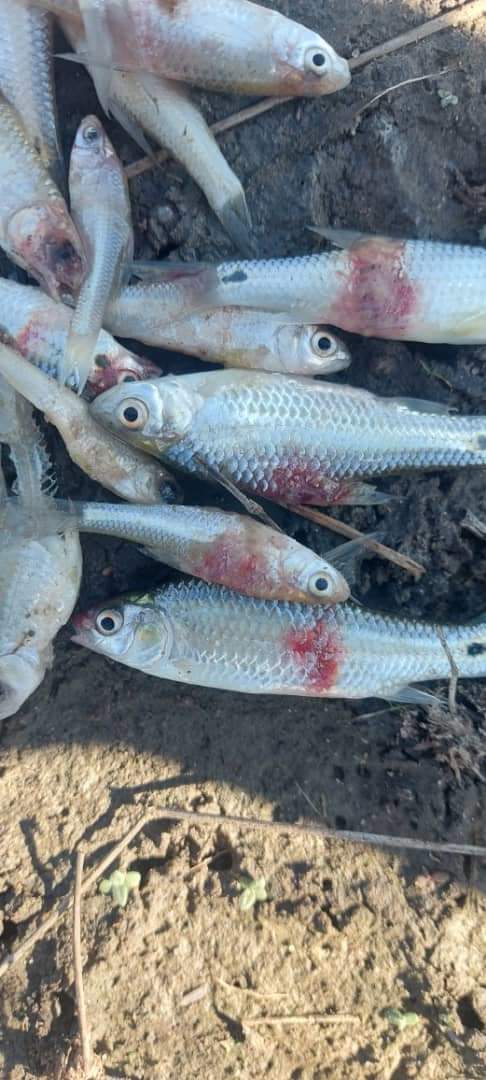ONGWEDIVA – The Ministry of Fisheries and Marine Resources has urged residents of the Ohangwena region not to eat fish from floodplains as it is suspected to be contaminated with a disease.
Chief fisheries biologist Elizabeth Ndivayele, of the fisheries ministry, said that there might be an outbreak of epizootic ulcerative syndrome (EUS), which is a fungal infection that affects fish.
“EUS is considered to be an infection with the oomycete known as Aphanomyces invadans or A piscicida and characterised histologically by penetrating hyphae surrounded by granulomatous inflammation. It is an epizootic condition of wild and farmed freshwater and estuarine fish.
Ndivayele added that the officials from the ministry of fisheries were in Ohangwena region to take samples for scientific analysis.
“Therefore, the residents will be informed when the fish should be eaten,” she added.
She also added that it is very risky to consume contaminated fish as the diseases can be passed on to humans.
This comes after dead catfish and kapenta with bloodstains were found at Omufitu waNakashole community in the Ongenga constituency along the Oshana Shanalumono flood plain, which is a gateway to other oshanas in the northern regions.
This year, villages in the Ohangwena and Oshana regions received floodwater from Angola.
The water brought along fish which traditionally becomes a great source of nutrition and income as many people, especially the unemployed, catch fish and sell and at the same time feed their families.
Residents who spoke to New Era said the efundja changed their lives as they managed to generate income during the time.
Matheus Hangula, a resident of Engela village, said he managed to buy school uniforms for his three children with the money he made from selling fish.
“I sold fish at the cucashops and pension pay points. I was making money,” said Hangula.
The spokesperson of the Ohangwena Regional Council Silas Nepembe said they were notified by the community members about the possible disease outbreak.
The regional council is therefore advising communities to refrain from catching and consuming fish with immediate effect until further notice.
“People should share information and educate one another to stop catching flood fish. The elderly must also be informed not to buy these fish, especially at the pension points,” he urged. –fhamalwa@nepc.com.na


